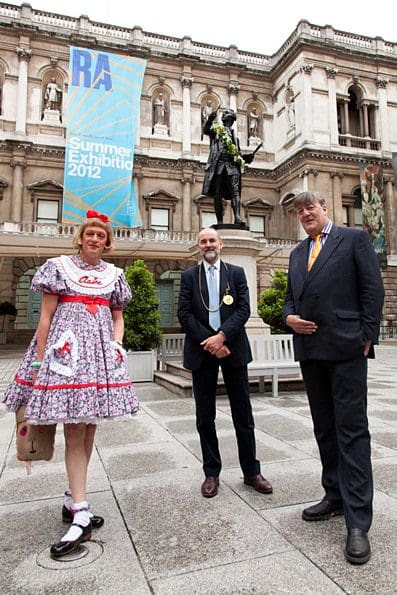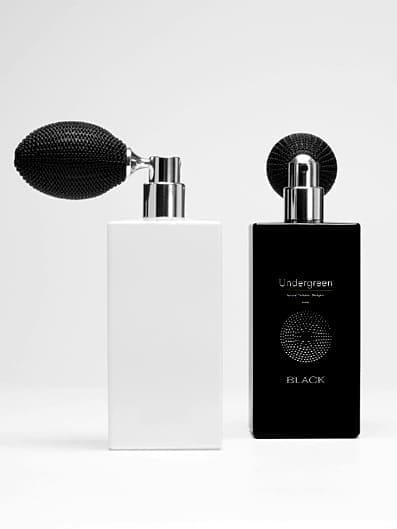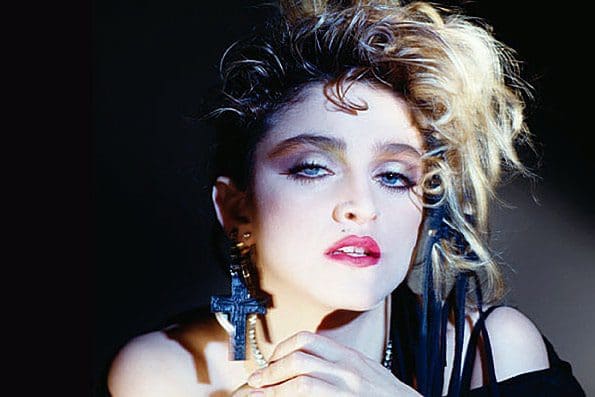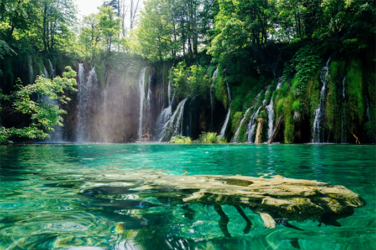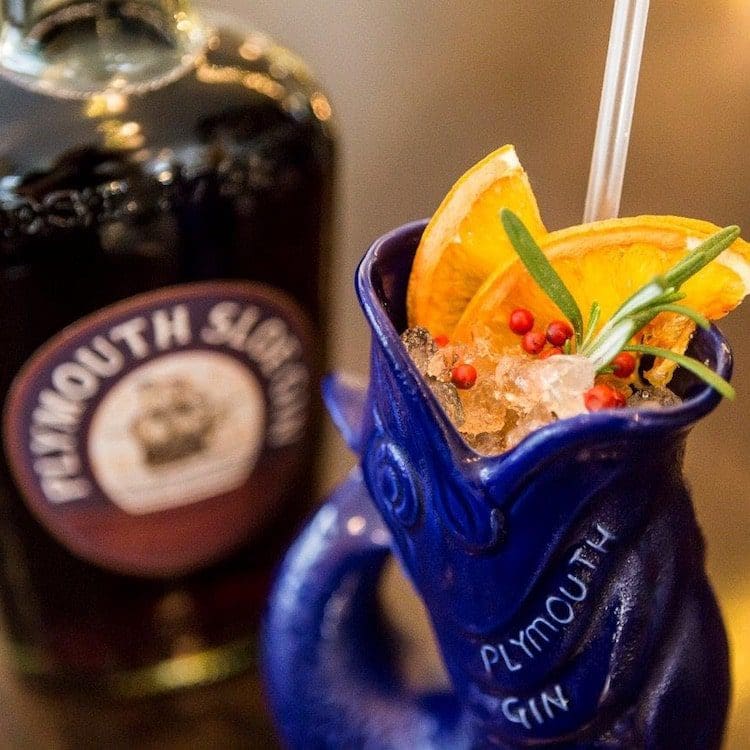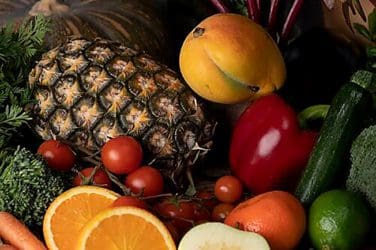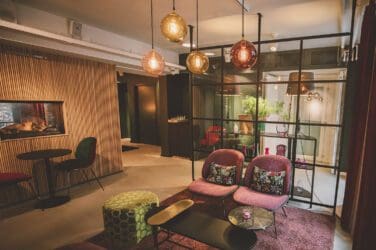by Richard Unwin
And so they built a concert hall on top of the world, a twinkling, fish-scaled marvel to bely the malaise of financial ruin that so fraught the nations down below. Straddling the sea where once it had seemed destined as a folly to mark all that had been lost, this northern jewel now shimmers beside the midnight sun, while the mountains beyond still harbour the last flecks of snow. Harpa, Reykjavik’s new home for the Icelandic Symphony Orchestra and The Icelandic Opera, was opened in 2011, it’s completion made possible by the indebted Icelandic government’s decision to nonetheless press on with the costly construction.
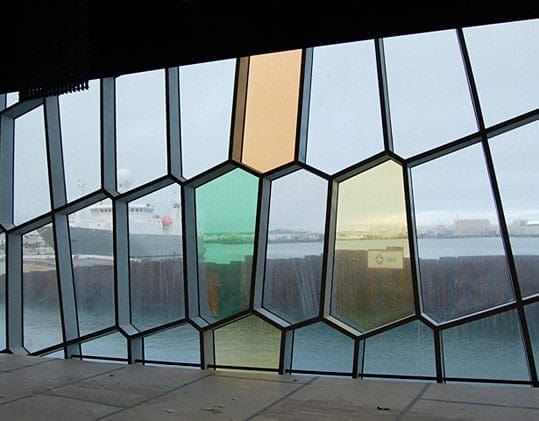
A controversial structure, sometimes seen as a final act of hubris, it is now largely perceived as a triumph of pride over adversity, and an important rejection of the option of languishing amid the wreckage of the recent past. Given Harpa’s youthful freshness, it would have been obvious to concentrate this year’s annual Reykjavik Arts Festival on the venue, but in another sign of Icelandic swagger, the focus instead is on visual art, displayed and enacted across multiple venues.
Grouped under the collective presentation, (I)ndependent People, curated by Swede Jonatan Engqvist, the various exhibitions are envisaged as a collaborative project, with all of the work created by artist collectives, or temporary partnerships, rather than solo practitioners. In a nod to the Icelandic setting, but also to open up geographically biased funding channels, the vast majority of the 100 or more participants involved hail from Nordic countries, with an additional smattering of Baltic involvement. The geographic focus also makes artistic sense, though, with artist collectives and non-profit spaces particularly well represented in Scandinavia, evidenced by the growth of the artist-run/for-artist art fair, Supermarket, held in Stockholm every year. Reykjavik itself also provides a relevant stage, with artist-run initiatives such as Kling & Bang and the Living Art Museum prominent actors in the vibrant local scene.
Initiated by Engqvist as a platform for exchange and cross-pollination, (I)ndependent People has a kind of iceberg structure, with much of its substance invested in the process of its realization, and in the possibility of future interactions. Viewed that way, the exhibitions in Reykjavik are merely the tip, or visible surface, of something hidden behind the scenes. The viewing public, though, are still provided for with an eclectic mix of meditative video, semi-interactive, science museum-style play pieces, and informal sketches that have either arisen onsite out of the interactions of Engqvist’s assembled guests, or been brought along for the ride. Standout works here include the wall paintings by Danish collective A Kassen displayed at Kling & Bang’s downtown gallery, where objects like a box of biros and a wooden chair have been individually pulverized to create gritty, textured pigments. Another engaging exhibit sees Lithuanian artists Nomeda & Gediminas Urbonas collaborating with the University of Reykjavik and students from MIT in an ambitious, interactive installation that links The Reykjavik Art Museum via various apparatus to Reykjavik’s Höfði house, the venue for the 1986 summit meeting between Ronald Reagan and Mikhail Gorbachev.
Visiting Iceland, as you fly out over the edge of Scotland and on across a wide sea, can genuinely feel like traveling to the top of the world, or even some off-world colony; a feeling embellished by the barren, volcanic landscape and the fleets of identical tour vehicles that await your arrival. For an isolated island with a population of only 300,000 souls, though, Iceland certainly succeeds in asserting its cultural relevance. In that spirit, (I)ndependent People provides a useful starting point for mapping key elements of the contemporary Icelandic artistic scene within the wider curve of Nordic countries, as well as to the world beyond. With museum-based exhibitions continuing until 2nd September, it might also make for an original slice of contemporary culture for holiday-makers before embarking on excursions into Iceland’s wild interior. Visitors, though, should also take a moment to step into Harpa’s voluminous atrium and walk to the rear where, raised on plinths above the sea, the view leads out though glass scales to a chiseled crop of harbour and mountains banked by encroaching sky.
Reykjavik Arts Festival: 18 May – 3 June 2012
Selected exhibitions ongoing until 2 September
http://www.listahatid.is


